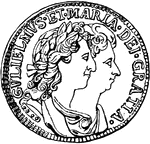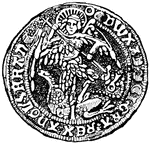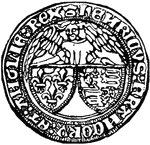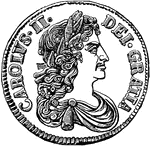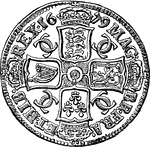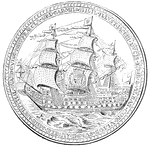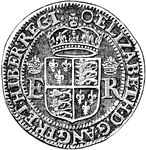The United Kingdom Coins ClipArt gallery offers 78 illustrations of coins from the United Kingdom.

Angel
"An ancient English gold coin, varying in value. It was so called from the figure of the archangel Michael…

Angel
The Angel of Edward IV, a gold coin named after the picture stamped on it of the angel Michael.
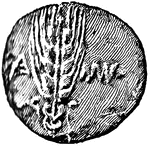
British Coin
British coin of the time period of the Roman invasion in the Gallic War, B.C. 54. Front.
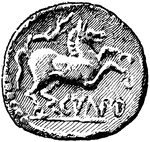
British Coin
British coin of the time period of the Roman invasion in the Gallic War, B.C. 54. Back.
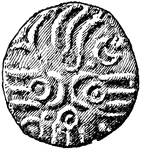
British Coin
British coin of the time period of the Roman invasion in the Gallic War, B.C. 54. Front.
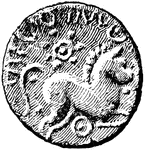
British Coin
British coin of the time period of the Roman invasion in the Gallic War, B.C. 54. Back.
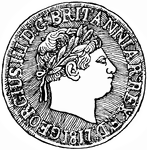
British Sovereign of George III, 1817, Obverse
A British gold coin from the time of George III. The obverse of the coin bears his profile.
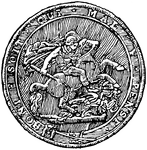
British Sovereign of George III, 1817, Reverse
A British gold coin from the time of George III. The reverse of the coin shows Saint George and the…

Silver Crown of Charles II
The silver crown coin of Charles II, who was the King of England between 1649 and 1651.
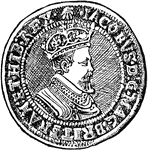
Double Crown
A gold coin of the value of 10 or 11 shillings, current in England in the seventeenth century. It was…

Double Crown
A gold coin of the value of 10 or 11 shillings, current in England in the seventeenth century. It was…

English Coin
"The pennies of the Saxon and Danish sole monarches of England had a portrait on them. Alfred's earlier…

Obverse and Reverse Sides of Farthing of Charles II
The obverse and reverse sides of the farthing depicting Charles II. The farthing was an English coin…

Fourpenny Piece of Queen Victoria
The obverse and reverse sides of the fourpenny piece, or groat, an English silver coin worth fourpence.
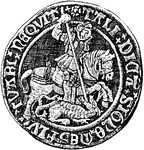
Obverse Side of George-Noble
"Obverse. George-noble of Henry VIII. GEORGE-NOBLE. An English gold coin of the reign of Henry VIII.,…

Reverse Side of George-Noble
"Reverse. George-noble of Henry VIII. GEORGE-NOBLE. An English gold coin of the reign of Henry VIII.,…
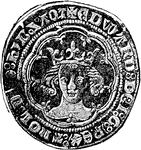
Obverse Side of Groat of Edward III
"Obverse. Groat of Edward III. GROAT. An English silver coin, of the value of fourpence, first issued…
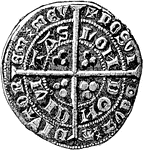
Reverse Side of Groat of Edward III
"Reverse. Groat of Edward III. GROAT. An English silver coin, of the value of fourpence, first issued…

Guinea
"Guinea of Charles II., 1663. GUINEA. An English gold coin, of the value of 21 shillings, first issued…

Guinea of Charles II
An English gold piece, struck during the reign of Charles II. They are called guineas because they were…

Gold Coin of James I
A gold coin of King James I. It was the first coin to bear the name 'Great Britain.'

Medieval Coin
The obverse and reverse sides of a silver penny during the reign of William the Conqueror.
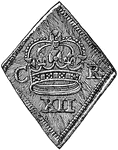
Newark Siege Piece - Obverse
"A coin, generally of unusual shape and rude workmanship, issued in a town or castle during a siege,…
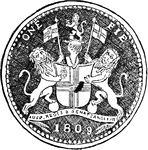
Pie
The smallest Anglo–Indian copper coin, equal to one third of a pice. About one fourth of a United…
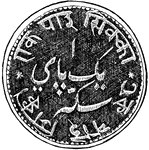
Pie
The smallest Anglo&mdashIndian copper coin, equal to one third of a pice. About one fourth of a United…
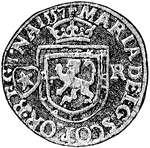
Plack
The back of a Scotch billon coin worth about two thirds of the United States cent in the fifteenth century.
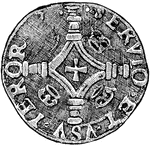
Plack
The front of a Scotch billon coin worth about two thirds of the United States cent in the fifteenth…
